5 Factors That Go Into Classic Car Valuation
Have you ever wondered how classic cars are valued? Is there a group of self-proclaimed classic experts who debate numbers in a room, solving disagreements with wrestling matches?
While the truth isn't nearly as exciting, it is more thorough and well thought out.
Most classic cars are rated on 20 aspects on a scale of one to five. Once the overall score is totaled, the vehicle is assigned to one of six categories.
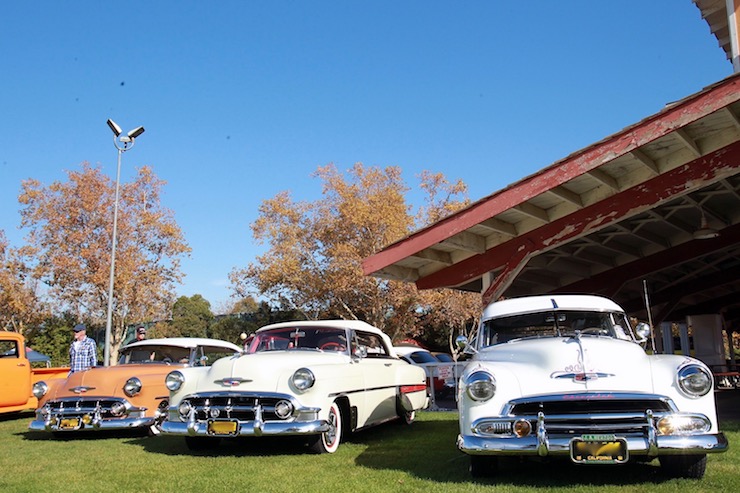
Category 1 is what all classic cars aspire to be: centerfold quality vehicles in pristine condition, with low miles and even lower after-market parts. Category 6 cars...well, need a lot of work.
While most cars are in the Category 2 to 5 range, there are several individual factors that go into the overall score. Here are 5 things that will affect the outcome when a classic car is being valued:
Year
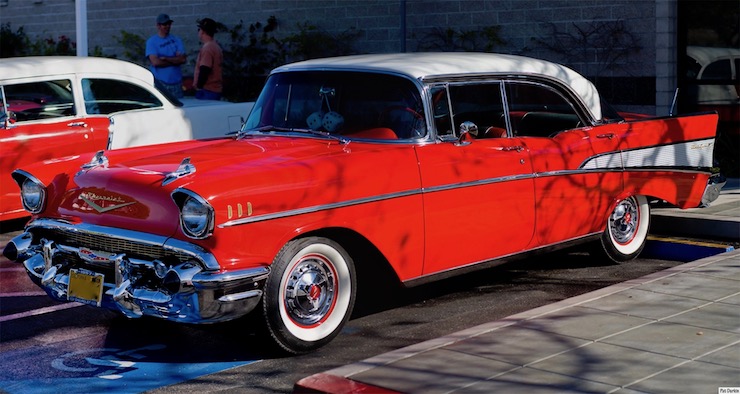
The 1957 Bel Air is, on average, worth twice as much the 1955 and 1956 models.
Generally, the older the car the more it's worth in the classic market. There are exceptions, however. Take the 1957 Chevrolet Bel Air, which is overall more desirable that its '55 and '56 counterparts. And a 1967 Shelby Mustang will probably demand more cash than any other Mustang at auction.
That said, the year of the vehicle plays an important role in classic car valuation.
Condition
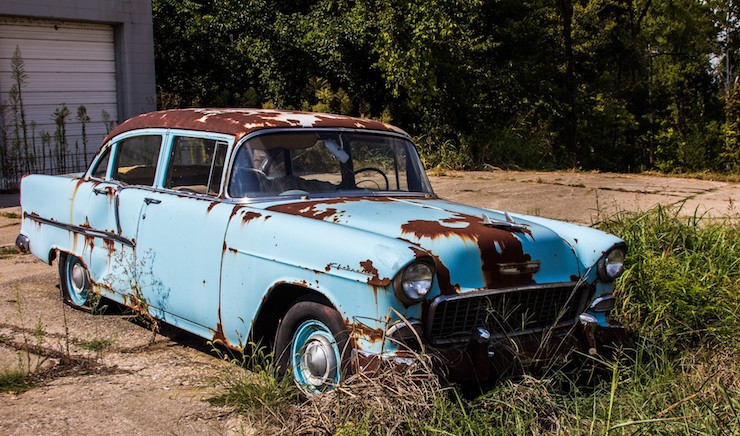
Something tells us this car probably won't receive a very high score.
This might be obvious, but overall condition is the largest factor in determining a classic car's value. A car that's in great shape and ready to drive around town is going to be worth a lot more than a broken-down pile of rust.
Alternatively, a car that has documented maintenance through the years will be scored higher than a car that's spent the last 20 years wasting away in a garage.
Mileage
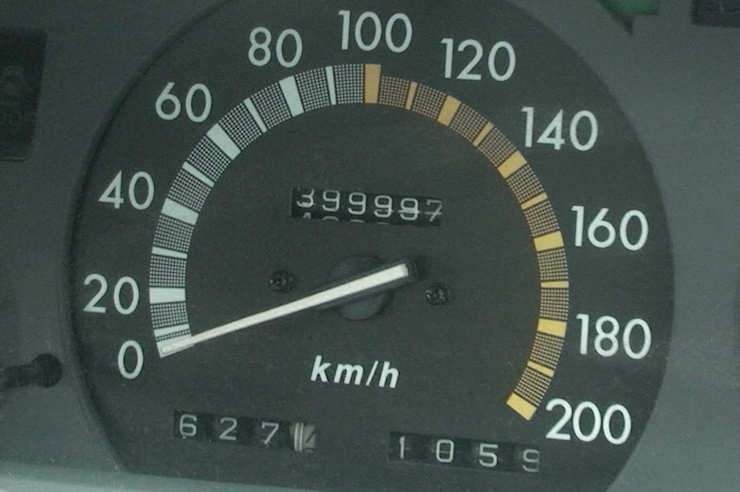
They say a new car starts losing value the moment it's driven off the lot and the odometer starts going up. Cars that have high mileage are usually more susceptible to general wear and tear, but if miles have been kept low on a classic car, over time it can regain that value.
While mileage isn't the be-all end-all of classic car valuation, it certainly does lend itself to the overall rating.
Original Components
Cars that feature original components will likely score higher and fetch a higher price. From having the original paint and sheet metal to smaller components like knobs and emblems, every single authentic piece counts.
While interior and exterior modifications are great for personal enjoyment (and driveability), they don't typically add to a classic vehicle's value.
Authenticity
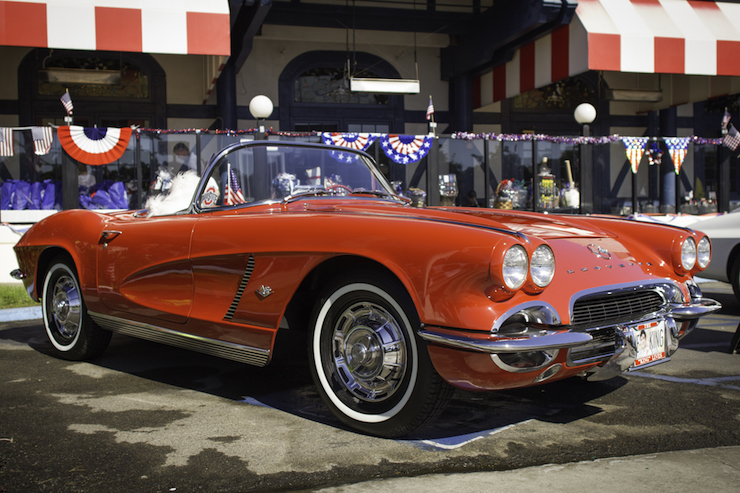
It helps to have a certificate authenticating your vehicle. This can be done by providing a VIN, date code, RPO code, or a casting number. For GM vehicles, authenticity can be confirmed by checking the protect-o-plate number.
Make/Model
Not to burst anyone's bubble, but some makes and models simply fetch more money than others. As time has passed so has the realization that some manufacturers made a better product than others.
Brands such as Rolls Royce, Ferrari, Ford, and Chevrolet started strong and continue to build quality vehicles. A car in tip-top original shape won't necessarily score higher just because it's a Ford, but it may pull more money at an auction.